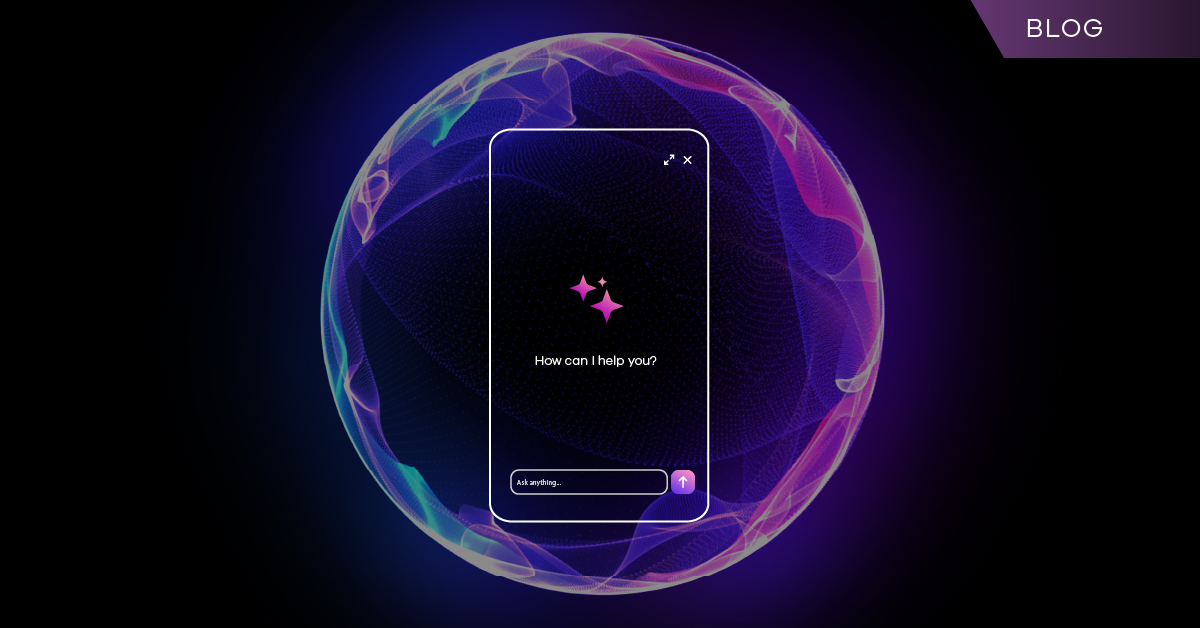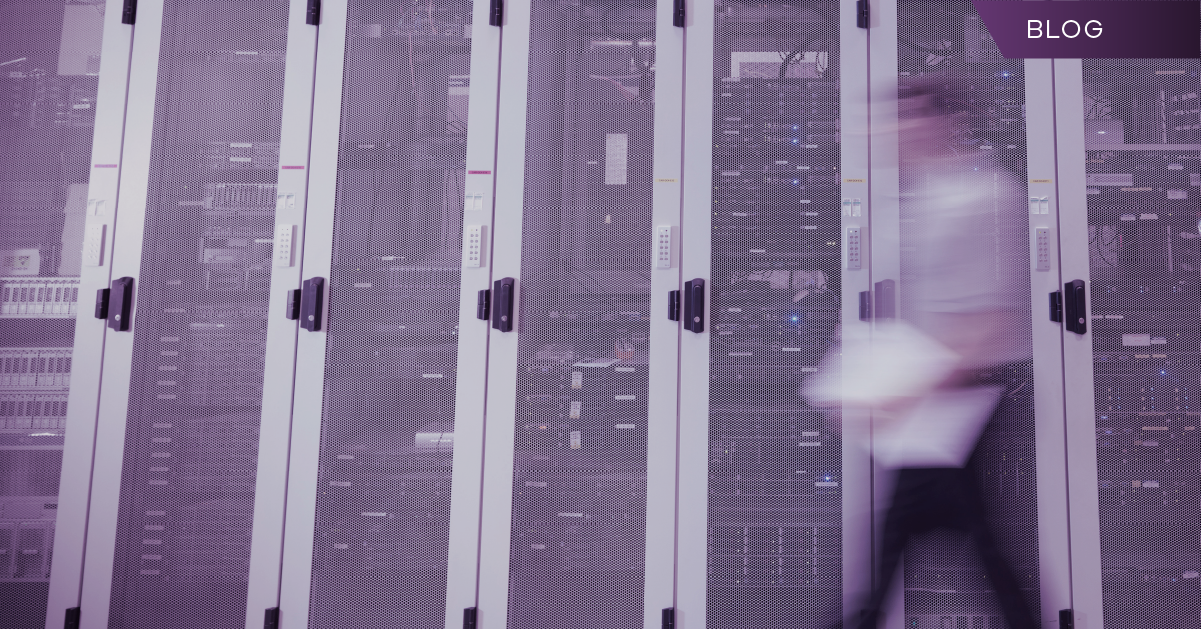It’s back-to-school season in the U.S., and educational institutions from K–12 to college are facing more cybersecurity challenges, this time from AI.
From intelligent tutoring systems that personalize learning paths to predictive analytics that can help boost student retention, AI is revolutionizing how educational institutions operate and teach.
But as schools and universities race to adopt these transformative tools, they find themselves facing a profound paradox. The very technology that offers so much promise is also being weaponized by adversaries, creating a more sophisticated and dangerous threat landscape than ever before.
This is the double-edged sword of AI in educational cybersecurity. It is simultaneously a powerful new shield for defenders and a formidable new weapon for attackers.
For IT and security leaders in education, navigating this duality is key to unlocking innovation without sacrificing security. It requires moving beyond traditional cybersecurity and embracing a strategy of true cyber resilience.
The Offensive Edge: AI as the Attacker’s New Weapon
Threat actors are early adopters, and they are already leveraging AI to enhance their attacks with terrifying efficiency. Yesterday’s red flags are disappearing, making human vigilance alone an insufficient defense.
- Hyper-realistic phishing: Gone are the days of easily spotted phishing emails with glaring grammatical errors. Adversaries now use generative AI to craft flawless, highly personalized spearphishing messages that can convincingly mimic the tone and context of a school principal or department head. These attacks exploit the high-trust environment of schools, turning an employee’s instinct to be helpful into a critical vulnerability.
- Automated and adaptive attacks: AI can automate the process of scanning networks for vulnerabilities, helping attackers find and exploit weaknesses faster than overstretched IT teams can patch them. Furthermore, AI can be used to create adaptive malware that changes its behavior to evade traditional, signature-based detection tools.
- Deepfakes and chatbot manipulation: The threat goes beyond email. Attackers can use AI to create deepfake audio or video to impersonate trusted leaders in social engineering schemes or manipulate public-facing campus chatbots to distribute malware or harvest data from unsuspecting students and parents.
The Defensive Shield: Fighting AI with AI
To combat threats that operate at machine speed, defenders must adopt defenses that do the same. AI has become a necessity for the modern Security Operations Center.
AI-enabled security solutions can analyze massive volumes of network traffic and user behavior data in real time, identifying subtle anomalies that might be invisible to a human analyst. This allows for:
- Proactive threat detection: By learning the normal rhythm of the institution’s digital ecosystem, AI can instantly flag unusual activity – like a login from an odd location or an attempt to access sensitive files at 2 a.m. – as a potential breach.
- Automated incident response: When a threat is detected, AI can help trigger an automated response in seconds, such as isolating a compromised device from the network to help stop an attack from spreading.
- Predictive analysis: By analyzing historical data, AI can even help identify potential vulnerabilities before they are exploited, allowing teams to proactively strengthen defenses.
The Defender’s Dilemma: Securing the AI You Deploy
Herein lies the new, more complex challenge. The battle isn’t just about defending against external AI-enabled attacks. Educational institutions must now secure the AI systems they are eagerly deploying for their own core mission.
As schools build AI models on vast datasets of sensitive student information, these systems become high-value targets themselves. This introduces a new class of risks that must be managed:
- Data poisoning: An adversary could intentionally feed an AI model bad data to corrupt its logic, causing it to miss real threats or make dangerously flawed academic predictions.
- Model theft: The AI models themselves, especially those developed in university research settings, represent valuable intellectual property that is at risk of being stolen.
- Privacy catastrophe: An AI system trained on student data creates a centralized treasure trove of personally identifiable information. A breach of this system could lead to a privacy disaster on an unprecedented scale.
Charting a Course for AI-Ready Cyber Resilience
Navigating this double-edged sword requires a strategic shift. It’s not enough to simply buy new AI security tools. Institutions need a holistic framework for cyber resilience that prepares them to withstand and recover from attacks in this new era.
- Embrace AI-enabled defense: The first step is acknowledging the reality of the arms race. To defend against AI-driven threats, you must leverage AI-enabled security tools. It is a primary way to keep pace with the volume, speed, and sophistication of modern attacks.
- Make data protection the foundation: As you adopt AI, the data that fuels it becomes your most critical and vulnerable asset. This makes robust data protection the absolute bedrock of your AI security strategy.
Your AI is only as secure as the data it’s built on. This means going beyond prevention and focusing on your ability to recover. If a sophisticated ransomware attack bypasses your defenses or a data poisoning attack corrupts your models, the ability to restore your data to a clean, immutable, and trusted state is your ultimate safety net. This is the core of true cyber resilience.
- Adopt a zero-trust architecture: The line between internal and external threats is blurring. With AI systems themselves becoming targets, you can no longer implicitly trust any user or device. A zero-trust strategy – which requires verification for every access request, regardless of origin – is essential for securing a modern, AI-integrated campus.
The age of AI in education is here, bringing both incredible opportunity and complex risk. By viewing the challenge through the lens of cyber resilience – and placing a strategic emphasis on comprehensive data protection – educational leaders can confidently innovate, harnessing the power of AI to help build the secure and effective learning environments of the future.
Learn more about how to build cyber resiliency at your organization here.


